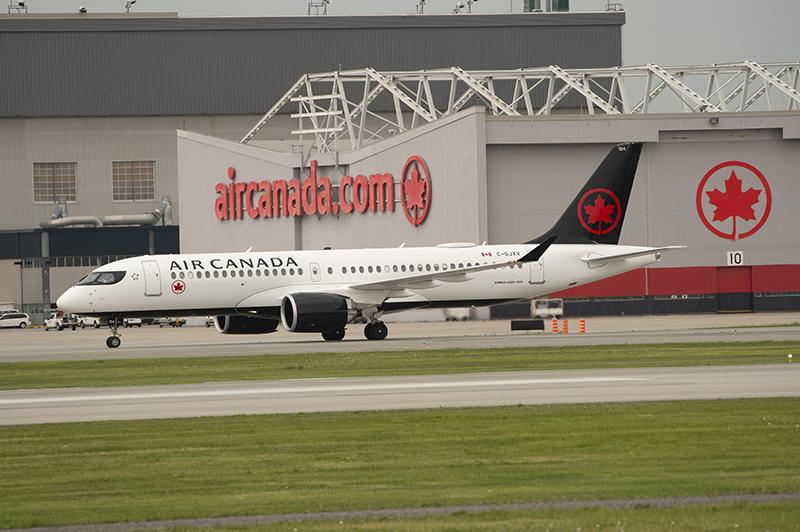
‘Range’ is a word that crops up frequently as Air Canada’s EVP, revenue and network planning, Mark Galardo describes the improvements to the carrier’s domestic and cross-border services brought about by the introduction of the Airbus A220.
The Canadian flag-carrier is one of the largest operators of the type, with 33 of the Montreal-built A220-300s in service and another 27 scheduled to be delivered between now and 2027.
The A220 has largely replaced both the Airbus A319 and another crossover jet, the Embraer E190, in the company’s fleet.
The distances inherent in serving Canadian domestic routes – especially transcontinental sectors – require an aircraft with longer legs than both types the A220 has replaced. While the A319 had very good range, said Galardo, its economics were “a bit challenging,” the almost inevitable result of taking a basic design – in this case the A320 – and then shrinking it.
Air Canada has traditionally linked Canada’s east and west coast cities, and increasingly is connecting U.S. population centers such as Seattle, Portland, Sacramento and San Diego over the 49th parallel to Air Canada’s hubs.
The carrier wants to funnel more U.S. originating traffic to its hubs in Toronto and Montreal and thence on to international routes. And once the A220 fleet reaches 40 to 50 aircraft, Air Canada is looking at opening a third A220 base in Vancouver, Galardo said.
Almost half of Air Canada’s A220s are deployed in Canadian transcontinental services, with the other half heading south into the U.S. “and now we’re starting to feature the aircraft into Mexico,” with a new Toronto-Monterey route.
The replacement of smaller regional jets such as the 97-seat E190 with the 137-seat A220-300 (12 business, 125 economy) means that in some cases frequencies drop, said Galardo: “You’re seeing a trend in North American carriers consolidating regional frequencies into fewer flights. We still maintain a very good level of frequency on routes we serve, but instead of 10 flights a day we have perhaps six a day. You’re no worse off.”





